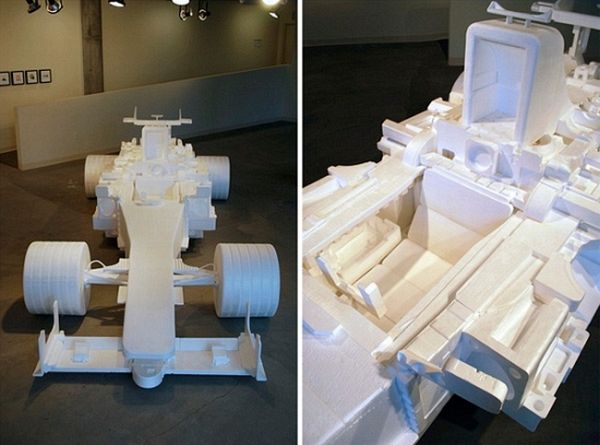Waste in the form of landfill sites is a major concern for almost every country to deal with. The ever-growing population, their use and throw of materials end up in huge landfill sites, which were a problem some years back but today they seem to be no more a problem. The garbage sites now have a very healthy and a useful purpose to solve, and that is the production of electricity.
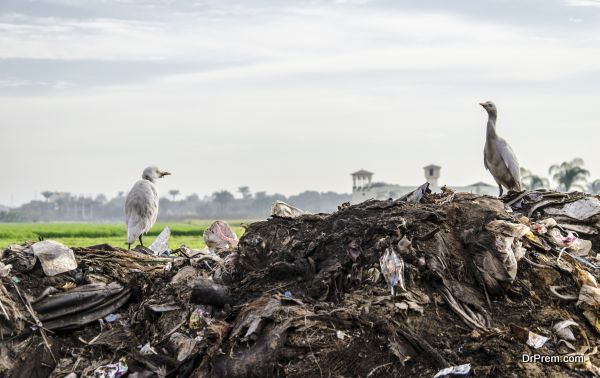
Many materials lying on the landfill sites keep ruining the ozone layer but if they are brought into use it serves two purposes altogether. Firstly, they prevent damage to the ozone, and secondly those products can produce electricity.
Idea has recently gained popularity

The three ways enable to convert organic waste into energy – thermo chemical, physiochemical, and the biochemical. The first type is suitable for lower moisture feedstock, and the conversion includes gasification, pyrolysis, and incineration. Incineration is a technology that is all about controlled combustion of wastes that further produces steam, which the steam turbines use to create power. The other two methods are refined thermal treatments that transform waste into gas, which serves as energy source for later combustion.
Importance of Waste-to- Energy (WTE) Plants

The modern day waste-to-energy plants are way different and efficient than the traditional plants. The places and communities that make use of this technology certainly have higher recycling rates, and they manage to get huge amounts of ferrous and non-ferrous metals as well. Yet another factor that adds to the significance of such plants is the least amount of greenhouse gases that they release in the atmosphere. The plants use waste as their fuel rather than some natural gas, coal, or oil. One need not worry about the arrangement of expensive materials that demand high transportation costs as well.
The raw material for waste-to-energy plants:
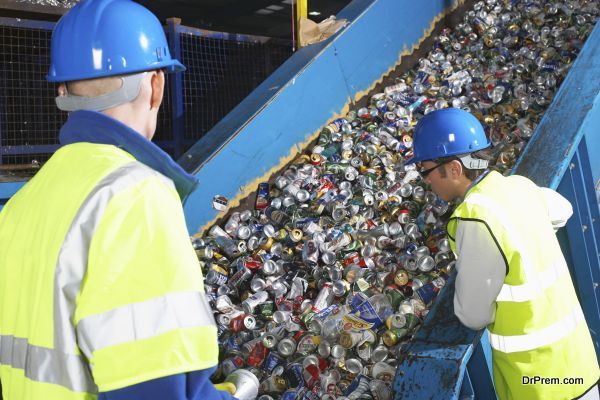
Agricultural Residues:
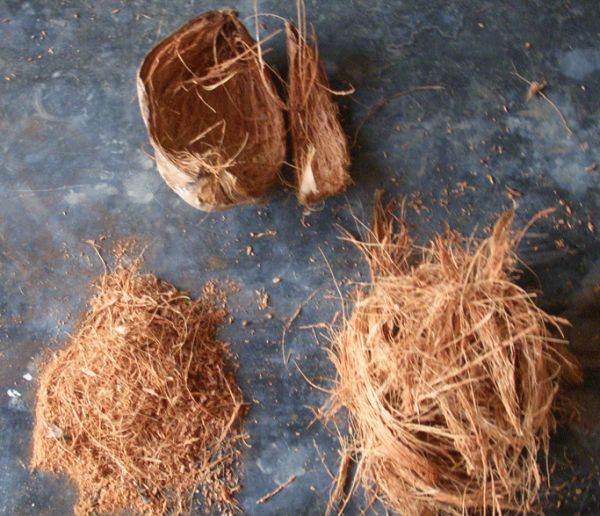
Crop residues in great quantities go waste because there are not many ways they can be put to effective use. The most common agricultural residue is the rice husk, groundnut shells, coconut husks, and cereal straw, which go waste but if used in waste-to-energy plants, they can be of great help in the energy production.
Animal Waste:
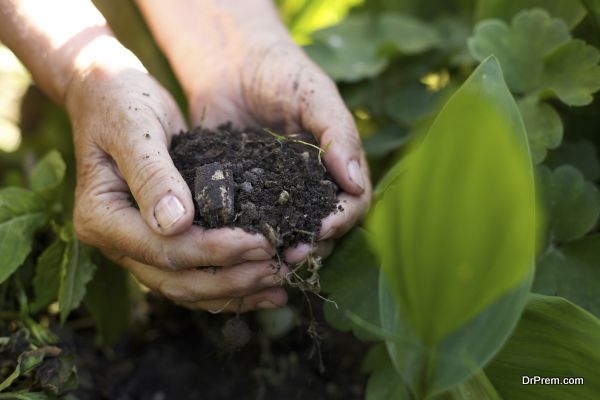
The most beneficial animal waste for this purpose is the animal and poultry manures. In the past it was very easy to dispose animal waste just as it is in the farms or other places but today there are environmental controls that do not allow one to throw animal wastes just about anywhere. One can use anaerobic digestion to convert animal waste into biogas, which is a superb fuel for internal gas combustion engines.
Industrial Wastes:
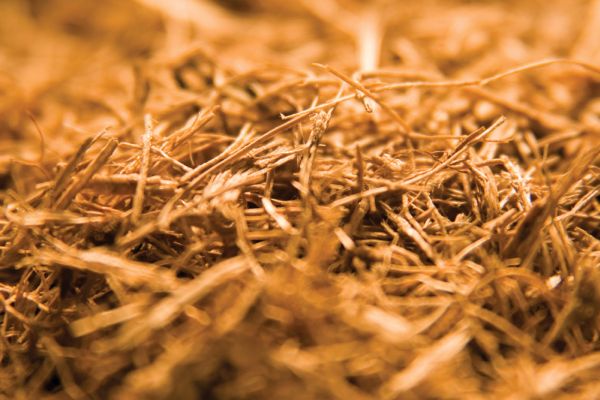
Waste coming from the food industry serves as ideal biomass energy source. Meat production to confectionary, the food industry has ample amounts of waste to offer. The peelings, fruit and vegetable scraps, pulp, and sugarcane fiber are examples of solid waste. Liquid waste comes from meat washing, blanching fruits and vegetables, and pre-cooking meats.
Forestry Residues:

The waste collected from thinning of plantations, extracting stem wood, road clearing, and wood processing generate significant quantity of forestry residues that are of great help as a fuel for biogas gasifier that generates hot gases from steam.
Sewage:
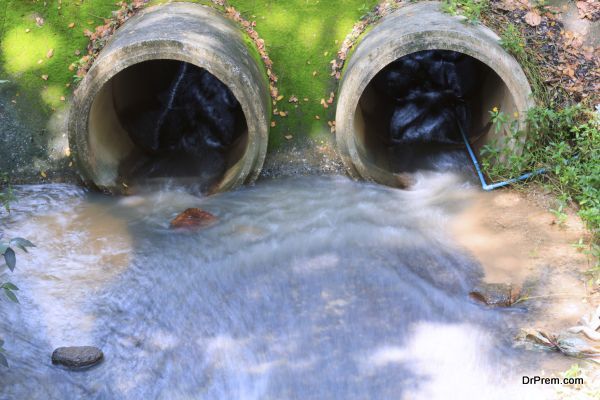
Sewage is a fuel for biomass energy and its working and procedure is very much similar to that of animal wastes that are used to produce biomass energy. Anaerobic digestion is used to extract energy from the sewer plant.
Summary:
An ultra modern and quite effective way to put such vast landfill sites into some use is to extract energy out of it using waste-to-energy method.



